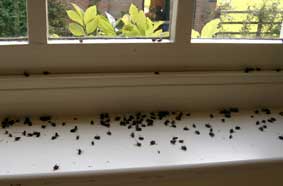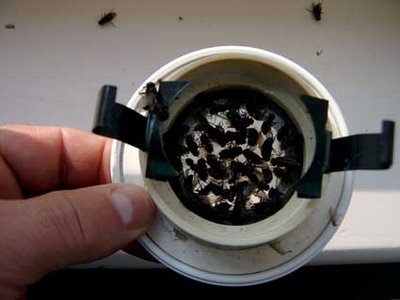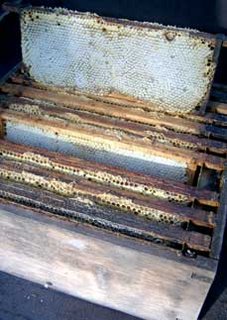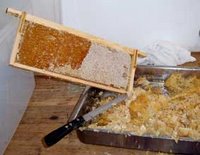Death swoops down from the air
I was mowing the lawn when out of the corner of my eye I saw a figure approaching the house. We live in a very private place, down a long track, and anyone wandering about is either a burglar, someone coming to see us, or hopelessly lost.
He was stoopong and carrying a cross bow. His right hand held the pistol grip, the black arms stretched out to each side. I jumped off the mower and ran across the newly mown lawn towards him without thinking. He looked up and pointed the crossbow at me which made me stop... and then look closer. It was not the normal cross bow, had no string and had a number of arms on either side.
Unthinking, I accosted him (a little aggressively I fear) and asked what he thought he was doing.
His story was a relief to hear. He was not planning to take me and my family hostage or anything sinister. He was searching for his pet. It had a radio bleeper on it, and the "crossbow" was the radio direction finder.
"What sort of pet?" I asked him, thinking it might be a ferret (Ferretmen use radio locators.)
"It's a large Goshawk!" he said "a
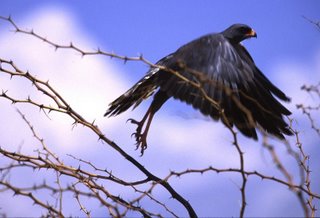 nd I think it might have killed something here."
nd I think it might have killed something here."We looked around in the direction of the bleeps and sure enough under the short beech hedge there was the dark shape of the Goshawk with its prey.
I was quite excited. I have never seen one close up before.
However when I saw the prey I was less excited and a little more irritated.
The Goshawk had swooped down and murdered one of my fine new Frech Bluebell chickens. Talk about an easy target. It should have been after the low flying partridges which populate the countryside round here. One could tell immediately that the long fang like claws would have pierced almost every vital organ in the first crunch. Bluebell did not stand a chance.
So, beware if you are thinking about walking round our place unannounced.
You will definitely need to wear a camoflage hat so the Goshawk does not pounch on you.
The other chickens, kittens and free range pet rabbit have been warned, and unless they take heed, they do not stand a chance on the next encounter...if he dares to come by again.
He did give us £10 to get a new chicken.
Labels: Chickens
